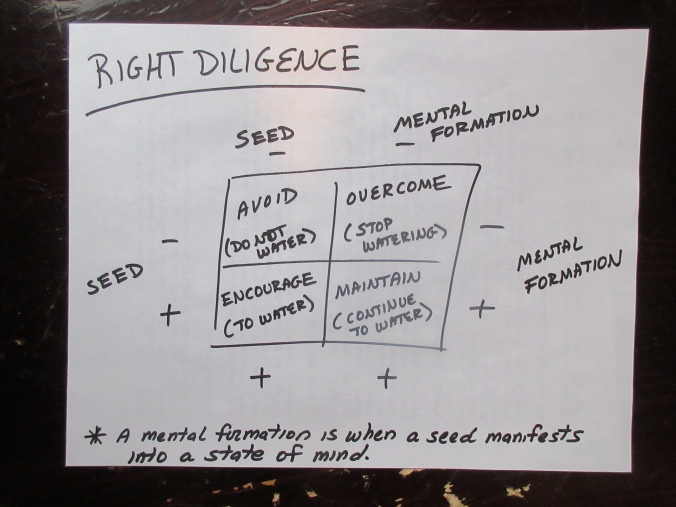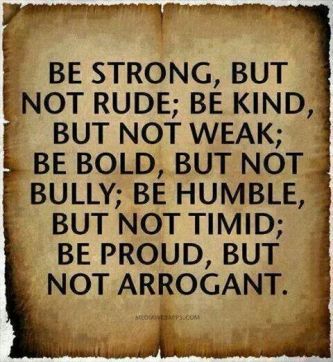It’s worth starting out by saying that this post may be a little rough around the edges. You see, with my husband away on a 3-month retreat at Deer Park Monastery, I am missing my counterpart to talk through such Dharmic ponderings with. Sooo, I’m fixing on using this post as a stand-in :)
This morning, as part of a practice I call Mindful Morning Saturdays, I watched a portion of a Dharma talk by Sister Lang Nghiem, given recently at Plum Village centered around the 8th, 9th, and 10th Mindfulness Trainings. In it, she spoke about authenticity. She said: according to the Buddha, every moment, we are already our true self.
“Every moment, we are manifesting the totality of our self; the totality of our seeds; the sum of our habit energies. So there is no authentic self you need to be true to. Every moment, you are already your true self. This is a very important teaching to understand.” – Sister Lang Nghiem
My first reaction that popped up in the wake of her talking about how there isn’t really such a thing as authenticity, was: Oh, I super don’t agree with that. And as I talk regularly to myself, I even said it aloud. Of course there’s a difference between someone who is being authentic and someone who isn’t, I thought. You can always tell when someone is being real with you and when they’re not.
As she continued, I understood a little more about the teaching she was offering and it made a bit more sense. However, I was left wondering if perhaps there are two ways of addressing such a dynamic question as to whether authenticity exists: from the ultimate dimension perspective and from the historical dimension perspective.
Here’s what I’m thinking. From the lens of the ultimate dimension: yes, we are always manifesting who we are; we are authentic to who we are based on the fact that we are alive and a collection of causes, conditions, our ancestors, and our experiences. From the lens of the historical dimension: there are clearly more authentic people operating around us than others; those who have the ability to integrate their internal landscape with their external actions and speech and have them in alignment with each other.
In my google search for “authenticity images” I came across this:















